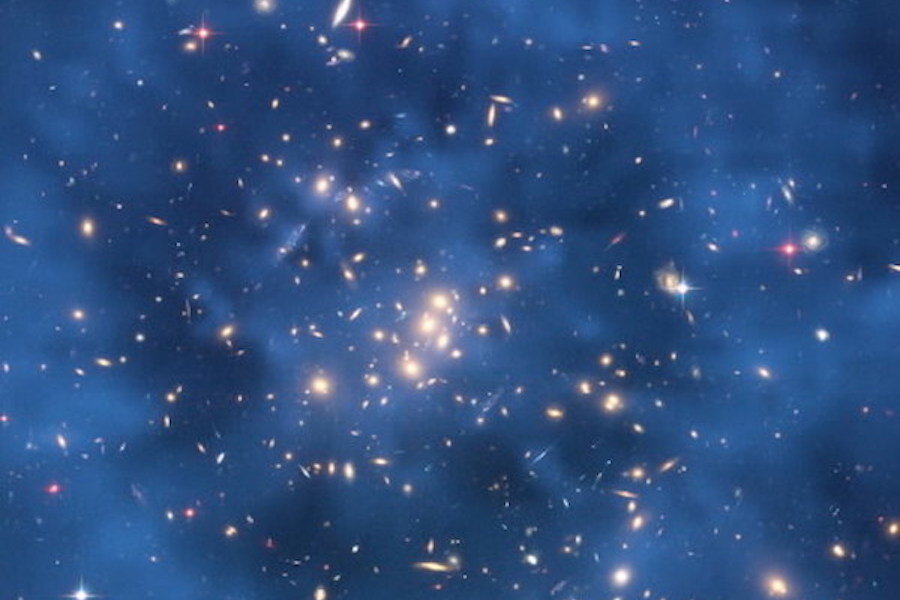Scientists come up empty in search for 'sterile neutrinos'
Loading...
Despite early signs, another particle will not be joining the family of neutrinos, whose members remain at three: the muon neutrino, the electron neutrino, and the tau neutrino.
A study published Monday by the IceCube Neutrino Observatory shows that the likelihood of a fourth, 'sterile' neutrino is slim. Unlike other neutrinos, which rarely interact with matter, the sterile neutrino was thought not to interact with matter at all, except possibly through gravity.
“Like Elvis, people see hints of the sterile neutrino everywhere,” Francis Halzen, a University of Wisconsin-Madison professor of physics and principal investigator for the IceCube Neutrino Observatory said in a statement. “There was this collection of hints, and theorists were convinced it exists.”
Finding a fourth neutrino would have instigated a complete rethinking of the Standard Model of particle physics, scientists' reigning model of how subatomic particles interact, Professor Halzen said. “If you throw in a fourth neutrino, it changes everything,” he said.
Even confirming with 99 percent certainty that sterile neutrinos do not exist, however, requires physicists to look past their simplest models and think about what should be added, Janet Conrad, a physics professor at the Massachusetts Institute of Technology, says in a video about the research.
“It could be just that nature is much more complicated” than we think, Professor Conrad says.
To verify whether the sterile neutrino exists, physicists used the IceCube Neutrino Observatory, a large detector embedded in the ice of the South Pole. They had no way to detect the particle directly, so they took advantage of how it had been thought to interfere with other neutrinos.
“Sterile means it doesn’t interact with matter itself, although it can dramatically interfere with the way conventional neutrinos do,” Halzen said. The researchers were hoping to detect a sterile neutrino as it was transforming into one of the other neutrino flavors, as they are called. (That the particles can change flavors, a phenomenon known as neutrino oscillation, also presents a problem for the Standard Model.)
Analyses were performed with atmospheric neutrinos that are created when cosmic rays collide with particles in the Earth’s upper atmosphere. Neutrinos are thought to be more likely to transform into sterile counterparts after passing through dense matter, so researchers were hoping to see that transformation as neutrinos passed through the Earth’s core and reached IceCube.
“What we’re looking for are neutrinos that are on the trajectory that pass through the core to disappear,” Conrad says.
After analyzing two independent sets of data, each with a year’s worth of data and around 100,000 neutrino events, the physicists saw no sign of the sterile neutrino.
“We did not find sterile neutrinos. However, we can’t rule them out completely,” Ben Jones, postdoctoral researcher at the University of Texas at Arlington says in the video. “What we can say is that if the anomalies 20 or 30 years ago were caused by sterile neutrinos, we would have expected to see a signal in our detector, and we didn’t see one.”
Finding concrete evidence of the sterile neutrino may have given researchers a clue as to why neutrinos have tiny mass or any mass at all, Halzen says.








